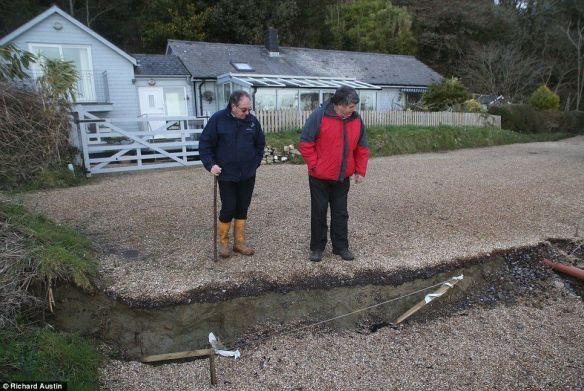Why lightning? Because, in articles found since July 1:
Lightning Strikes 14 People In California
Ball of lightning hospitalises woman and kills hundreds of pigs at farm in China
Single lightning strike kills 45 head of Black Angus cattle on Montana ranch
In Bashkortostan, lightning killed 101 sheep
Two reports of lightning going inside homes and striking people down
Family of four struck by one lightning bolt
Second lightning strike fatality in two days at Colorado park, officials say
Four people were injured in Saturday’s strike, and eight were hurt on Friday, officials said in a news release.
For those interested, more headlines about increasingly fierce lightning since July 1 are at the bottom of this post.
From the Manifesto for this site:
This transition is not limited to things human. It reverberates through our entire energetic continuum: the Earth itself is having documented increases in earthquakes, volcanic eruptions, changing weather patterns, and extreme weather events; energy is dancing from the Sun as we’ve never seen before; even the Earth’s magnetic poles are on the move in accelerating fashion.
This is yet another manifestation of the full-spectrum energetic change we are beginning to experience. Yes, lighting strikes occur millions of times a day across the planet. But in recent months, the power of some of these strikes has clearly escalated. Single bolts are striking multiple people and are able to kill a hundred animals at a time. This is not usual.
The cause? It could be from the general increase in the power of storms documented here in several past posts. But it could also be related to this, based on the latest readings from the European Space Agency’s (ESA) satellite array called Swarm:
Earth’s Magnetic Field Is Weakening 10 Times Faster Now
Once every few hundred thousand years the magnetic poles flip so that a compass would point south instead of north. While changes in magnetic field strength are part of this normal flipping cycle, data from Swarm have shown the field is starting to weaken faster than in the past. Previously, researchers estimated the field was weakening about 5 percent per century, but the new data revealed the field is actually weakening at 5 percent per decade, or 10 times faster than thought. As such, rather than the full flip occurring in about 2,000 years, as was predicted, the new data suggest it could happen sooner…
Earth’s magnetic field acts like a giant invisible bubble that shields the planet from the dangerous cosmic radiation spewing from the sun in the form of solar winds.
So, yet another example of acceleration and energetic change. When one combines this with the idea of an electric universe–that is, one in which electricity is present everywhere, a view that is being proven by excellent work summarized at sites like the Thunderbolts Project–then as the magnetic field weakens, our environment is being stimulated in an increasing way by the emanations of the Sun. Researches such as Mitch Battros have for years been showing an extremely high correlation between geomagnetic storms that hit the Earth and an increase in earthquakes and storms in the 24 to 72 hours that follow, as he did again this weekend at his Earth Changes Media web site:
BREAKING NEWS: Friday’s Two M-Class Flares Accelerate Ocean and Jet Stream Currents
On August 1st, two M-class flares fired off from sunspot regions 2130 and 2127, both of which were located at the Sun’s central meridian producing direct hits to Earth.
Within 24 to 48 hours of these solar storms, four tropical storms; Genevieve, Bertha, Halong, Iselle – were either produced or elevated. Within an additional 24 hours, the NOAA Tsunami Warning Center a 7.2 magnitude earthquake hit near Lorengau, Papua New Guinea at 00:22:03 UTC, August 3rd 2014.
He could haven mentioned these earthquakes as well:
Update: At least 367 killed in southern China after strong earthquake
USGS: Earthquake Magnitude 6.1 – Federated States of Micronesia region
So, what’s the moral of the story?
1. If you are in the vicinity of a lightning storm, don’t mess with it. Ignoring the storm based on thoughts of the low probability of being struck by lightning may no longer be a wise approach.
2. Expect further acceleration in the trends documented at Thundering Heard: extreme weather, earthquakes, magnetic pole migration, and so forth, and take whatever measures, if any, you deem appropriate.
3. Expect an increasing effect from these energetic changes on society and on you, at all levels of your being.
Here are some additional lighting links gathered since July 1:
3,400 lightning strikes in Central Oregon – dozens of wildfires erupt
Spanish World Cup team plane struck by lightning on way back from Brazil
Colorado man struck by lightning while filming storm
Severe lightning storms tear through Chicago area
Lightning knocks Atlanta-area man clean out of his ‘smoking’ boots
Dramatic film of lightning strikes as July storms hit the UK
UK storms cause further disruption after lightning
UK freak lightning & hail plunge commuters into ‘Zombie Apocalypse’
Spectacular lightning strike filmed in New York
Lightning storm creates terrifying nuclear bomb-style mushroom cloud above Sardinia
‘Whistling’ Volcanic Lightning Heard Halfway Around the World









